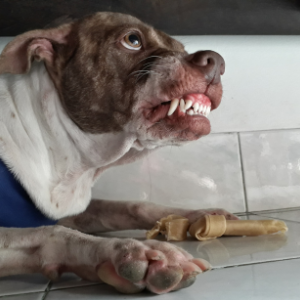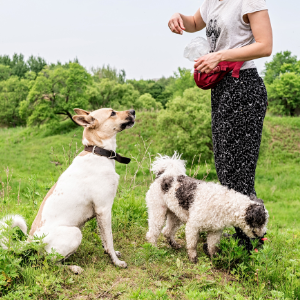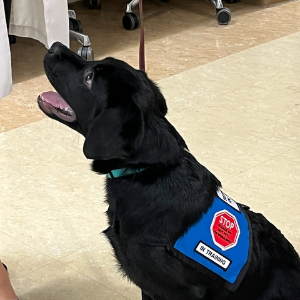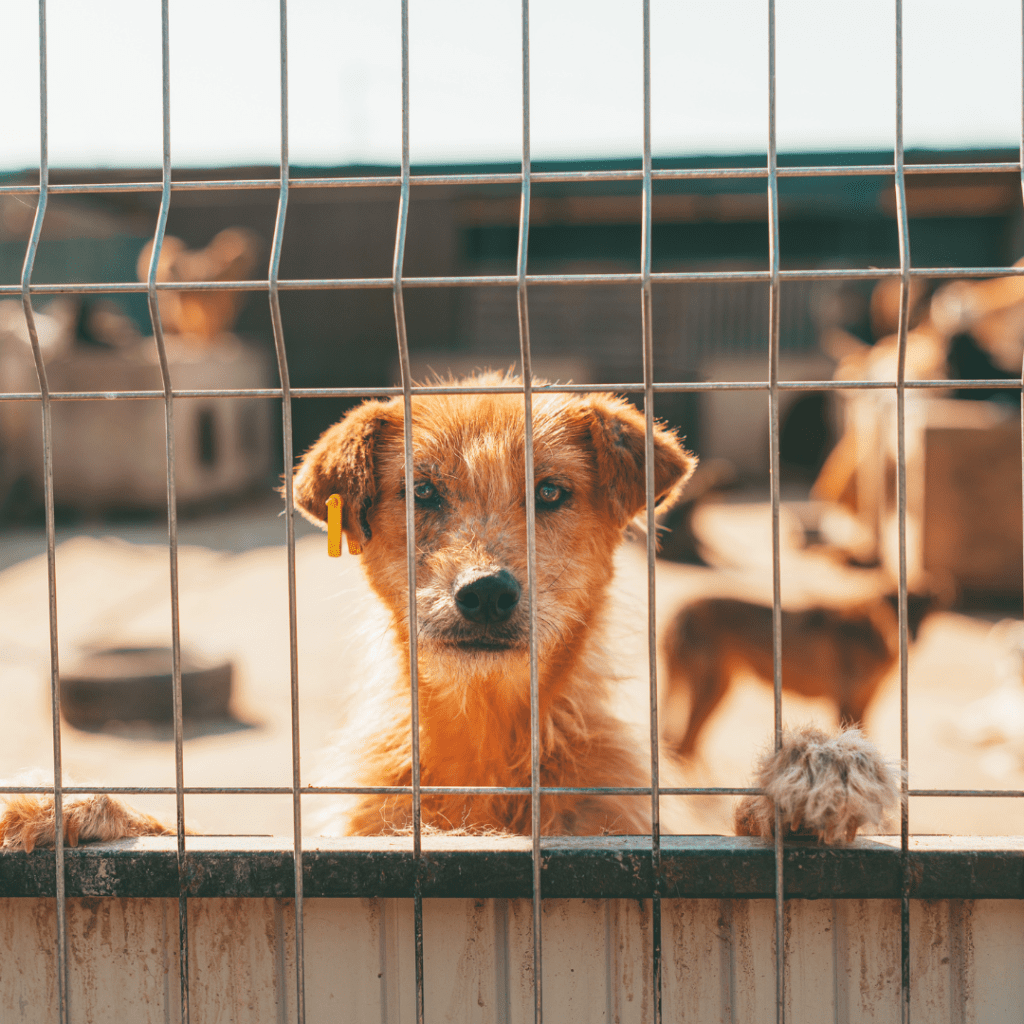Do you have a puppy that’s starting to display aggressive behaviors or an adult dog that is the neighborhood terror? No matter the age of your dog or how long they’ve been displaying aggressive behaviors, dog aggression is a difficult situation for both the dog owner and the dog they love. If you’re starting to consider when to invest in dog aggressiveness training, you’re in the right place!
When you’re dealing with dog aggression, you essentially have 2 choices:
- You can use punishment tactics to dissuade your dog from being aggressive.
- You can get rid of the root cause of the aggression.
I personally believe that finding the root cause is the ONLY way to approach this as punishment is not effective, and is cruel. Plus, did you know that when you use punishment, your dog’s aggression is likely to get worse – 43% worse to be exact.
Identify Triggers
First, you’ll need to identify triggers to get to the root cause. Is his response triggered by fear of a situation, a particular person, or even another animal? Or is his behavior motivated more by territory protection or male dominance?
Some of the common causes of dog aggression include:
- Fear
- Pain
- Illness
- Anxiety
- Uncertainty
- Frustration
- Protectiveness
- Resource guarding
- Misunderstanding
- Past experiences
Address Health-Related Triggers
If your dog is being aggressive because of a health issue or being in pain, it’s important to get those addressed right away by your veterinarian. If you don’t have one, make sure to:
- Find one that specializes in treating dogs.
- Ask about their approach to pets and medicine.
- Ensure they have a clean facility.
- Get a good feeling from them – sometimes those hunches are all we need.
Animal Communication for Determining Specific Triggers
Once health- or pain-related issues are resolved and they are still showing signs of aggression, it’s time to bring in an Animal Communicator to dig a little deeper.
An animal communication session can be quite helpful to identify the specific trigger(s) for your dog’s aggression. Once the trigger is identified, it is much easier for you and your trainer to develop training strategies to modify the behavior. Otherwise, you’ll just be trying different things and hoping they work. Asking your dog how he sees and interprets the situation and how he feels during the experience are important clues that can lead you to a successful outcome. Such a successful outcome that it may be something you can correct on your own without the use of a trainer. If you’re not sure about how an Animal Communicator can help or what it is, take a look at these frequently asked questions.
When to Invest in Dog Aggressiveness Training
If your dog is snapping, growling, or biting, once you’ve identified and resolved their triggers, it’s time to invest in dog aggressiveness training. As a dog owner, you can’t take any chances of your dog lashing out on someone or something and you being held responsible for it. So, it’s better to be safe than sorry and if they’re still displaying aggressive behaviors, chances are they need aggressiveness training to course-correct them.




